Jubako is a traditional Japanese container that symbolizes the nation’s rich culinary culture, often used for festive meals such as Osechi during New Year’s or for other special occasions. With its stackable design and beautiful craftsmanship, jubako is not just a functional box for carrying food but also a showcase of presentation and tradition. In this article, we will explore the history, features, and modern uses of jubako, showing how this traditional item can still be relevant in today’s lifestyle.
History of Jubako

Origins of Jubako
The history of jubako dates back to the Heian period (794-1185), when noble families used multi-tiered containers known as “kasane-bako” for feasts and ceremonies. These early versions of jubako were primarily used by the aristocracy to serve and transport food, and the stackable nature of the box allowed for efficient storage and portability.
Development of Jubako Culture in the Edo Period
Jubako became widely popular among the general public during the Edo period (1603-1868). As lacquerware techniques advanced, more affordable versions of jubako were produced, making them accessible to ordinary families. Jubako became a staple for celebrating special occasions, especially during the New Year with Osechi Ryori, a multi-dish feast symbolizing good fortune. The design of jubako, which allows the stacking of layers, became associated with “stacking happiness,” adding a cultural layer of significance.
Modern Evolution of Jubako

In modern times, jubako has evolved beyond the traditional lacquerware style. Today, you can find jubako made from various materials such as plastic or wood, offering more casual and practical options for everyday use. While the traditional use for New Year’s celebrations remains strong, jubako is now also used for bento boxes, making it a convenient and stylish way to carry meals for work or school.
Features of Jubako
Diversity in Design and Shape

Jubako comes in a wide range of designs and shapes, from square and rectangular to round. The diversity in form allows users to choose a style that best fits the occasion. Whether it’s a simple, elegant design or a more elaborate, decorative one, there is a jubako to suit any event or personal taste.

You can buy Jubako in Rakuten.
Rakuten has Global Express service.
Different Materials and Their Characteristics

Jubako is made from various materials, each with its own unique features. Traditional jubako is made from lacquered wood, offering a luxurious and high-quality feel, perfect for formal celebrations. On the other hand, plastic jubako is lightweight, durable, and ideal for outdoor use or casual gatherings. The material you choose will depend on the intended use, whether for formal events or everyday convenience.
Size and Structure According to Use

The multi-tiered structure of jubako is its standout feature. Each layer can hold a different type of food, making it perfect for serving meals that require separation or variety. Jubako also comes in various sizes, from smaller ones for personal use to larger ones that can accommodate food for large groups, making them versatile for many occasions.
Recommended Uses of Jubako
How to Use Jubako in Traditional Celebrations
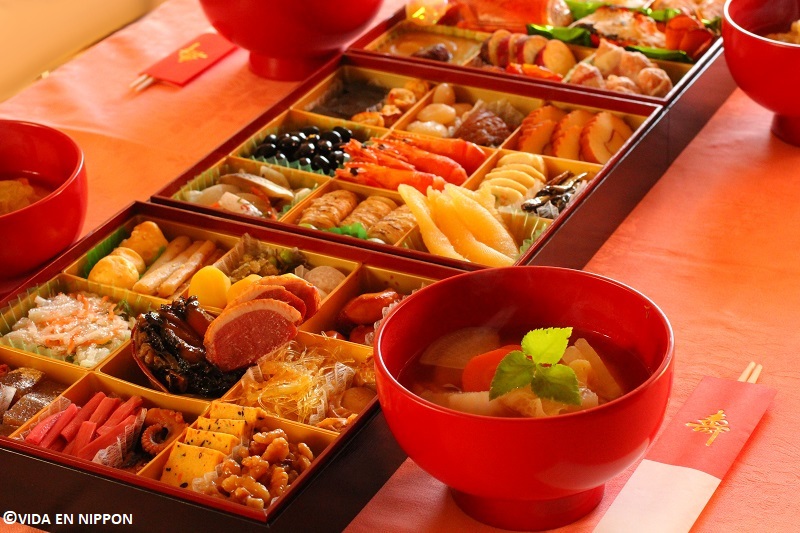
Jubako is often used in Japan during traditional celebrations such as New Year’s Osechi Ryori or Hanami (cherry blossom viewing). The elegance and practicality of a stackable box make it ideal for presenting multiple dishes in a way that is both visually appealing and easy to transport. Using jubako allows you to experience Japanese culture and culinary traditions in a meaningful way.
Jubako for Picnics and Outdoor Events

Recently, jubako has become popular for outdoor events like picnics. Lightweight plastic or wooden versions of jubako are perfect for packing various foods and snacks, offering a stylish alternative to regular lunch boxes. The multi-layer design is great for storing different types of food separately, ensuring that your picnic experience is convenient and organized.
Modern Uses of Jubako for Home Parties

Jubako is also finding its place in modern home parties. You can impress your guests by using a jubako to serve appetizers, desserts, or even sushi. The stackable design adds an element of surprise, as each layer reveals a new treat. Jubako brings a touch of elegance to any dining table, blending tradition with contemporary flair.
Q&A about Japanese Jubako
- QHow should I clean a lacquered jubako?
- A
Lacquered jubako can be cleaned gently using mild detergent and a soft sponge. After washing, dry it immediately to avoid water damage. For plastic jubako, you can wash it like any regular dish using normal dish soap.
- QAre there any precautions to take when using a jubako?
- A
Yes, when using a jubako for long-term food storage, make sure the food doesn’t spoil. Lacquered jubako, in particular, should be stored in a dry place as it can be sensitive to humidity.
Conclusion
Jubako is more than just a container—it is a symbol of Japanese culture and tradition. With its beautiful design and practical use, it has stood the test of time and remains relevant in modern-day settings. Whether for traditional events or contemporary occasions, jubako can enhance your dining experience by combining aesthetics with functionality. Whether at home, outdoors, or at a party, a jubako adds elegance and style to any meal.


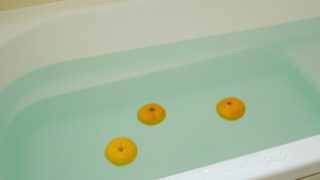
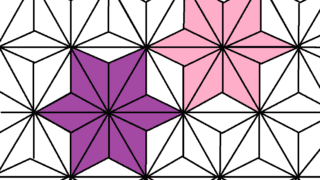

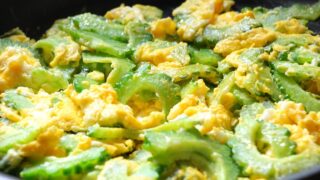
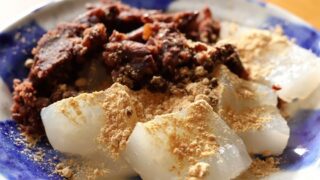
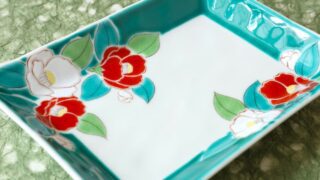

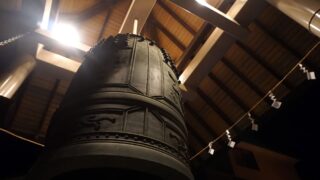
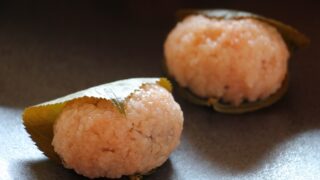
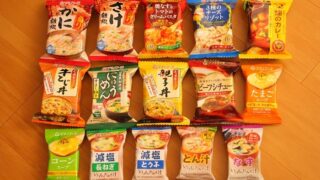

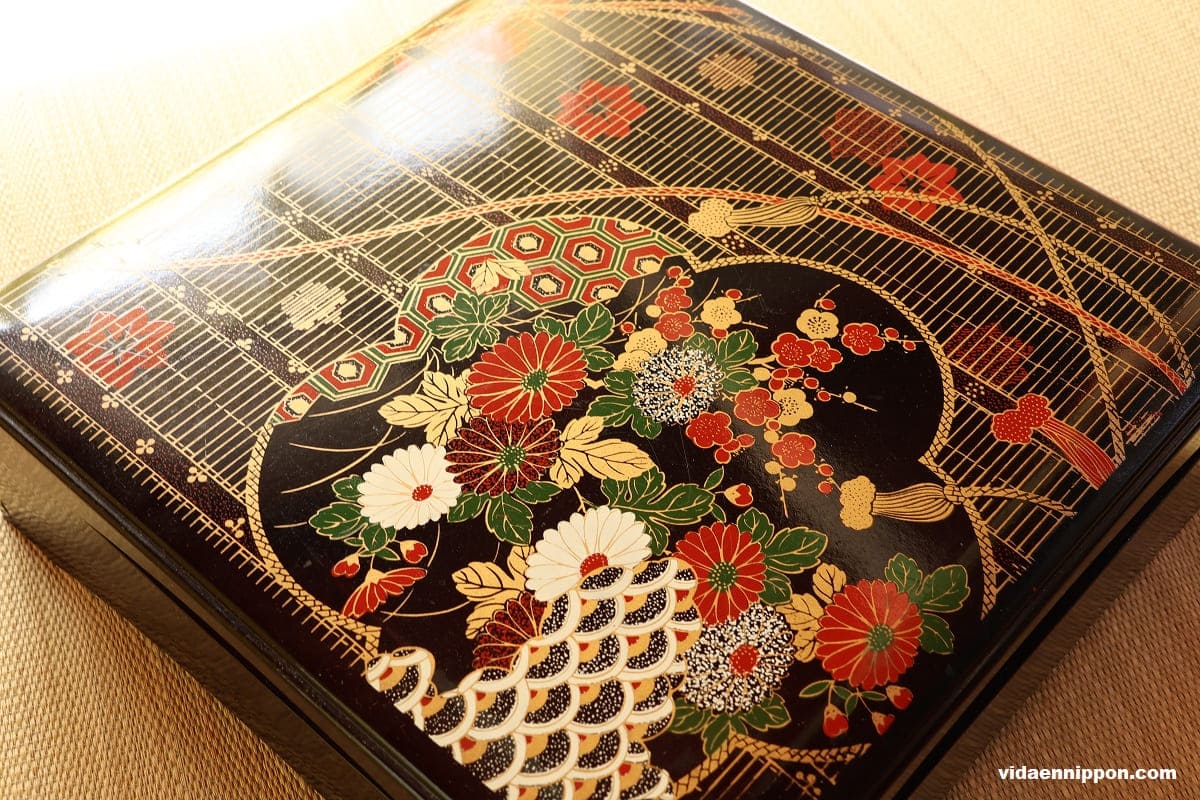


![[商品価格に関しましては、リンクが作成された時点と現時点で情報が変更されている場合がございます。] [商品価格に関しましては、リンクが作成された時点と現時点で情報が変更されている場合がございます。]](https://hbb.afl.rakuten.co.jp/hgb/40c890de.1ca86ee1.40c890df.e7d71430/?me_id=1255863&item_id=10007019&pc=https%3A%2F%2Fthumbnail.image.rakuten.co.jp%2F%400_mall%2Fkarinhonpo2951%2Fcabinet%2Fkita%2Fkt2034a.jpg%3F_ex%3D240x240&s=240x240&t=picttext)
![[商品価格に関しましては、リンクが作成された時点と現時点で情報が変更されている場合がございます。] [商品価格に関しましては、リンクが作成された時点と現時点で情報が変更されている場合がございます。]](https://hbb.afl.rakuten.co.jp/hgb/40c88ded.39a57a7a.40c88dee.cde51dd0/?me_id=1220975&item_id=10001042&pc=https%3A%2F%2Fthumbnail.image.rakuten.co.jp%2F%400_mall%2Feemon%2Fcabinet%2Fshinforuda%2Fshiro%2Fimgrc0069536377.jpg%3F_ex%3D240x240&s=240x240&t=picttext)

